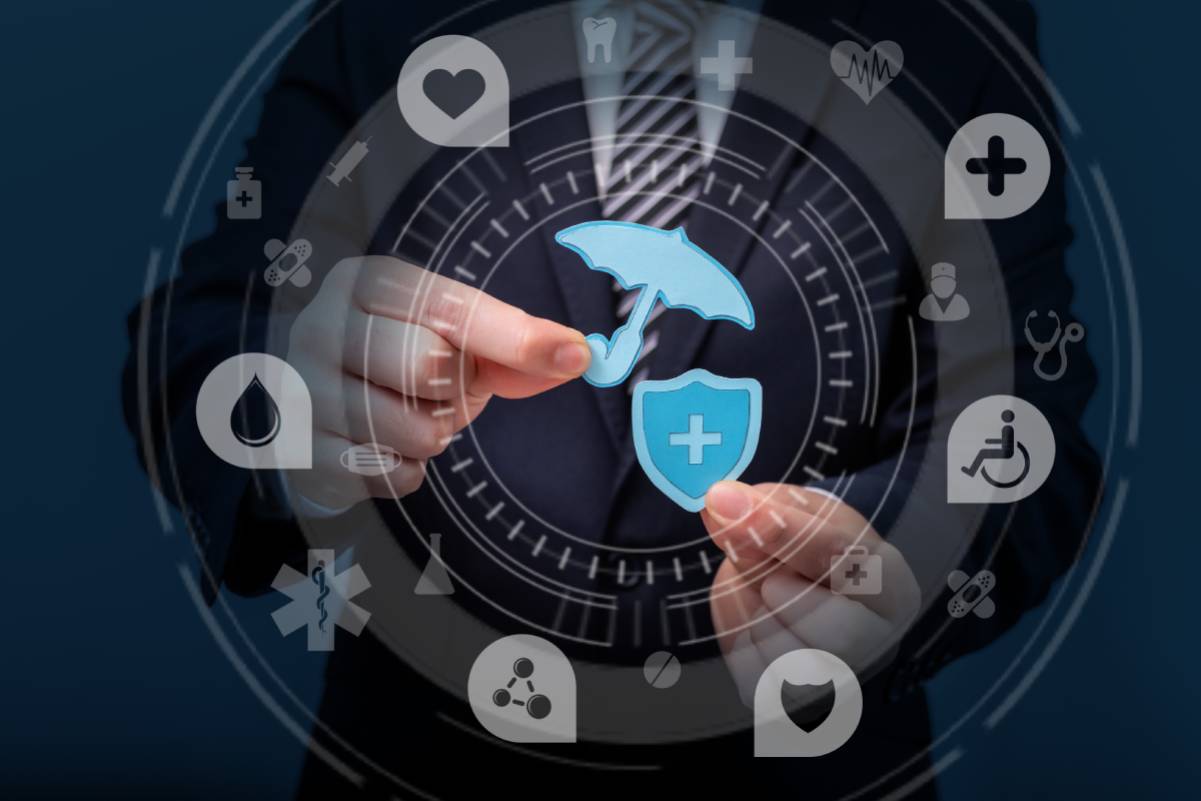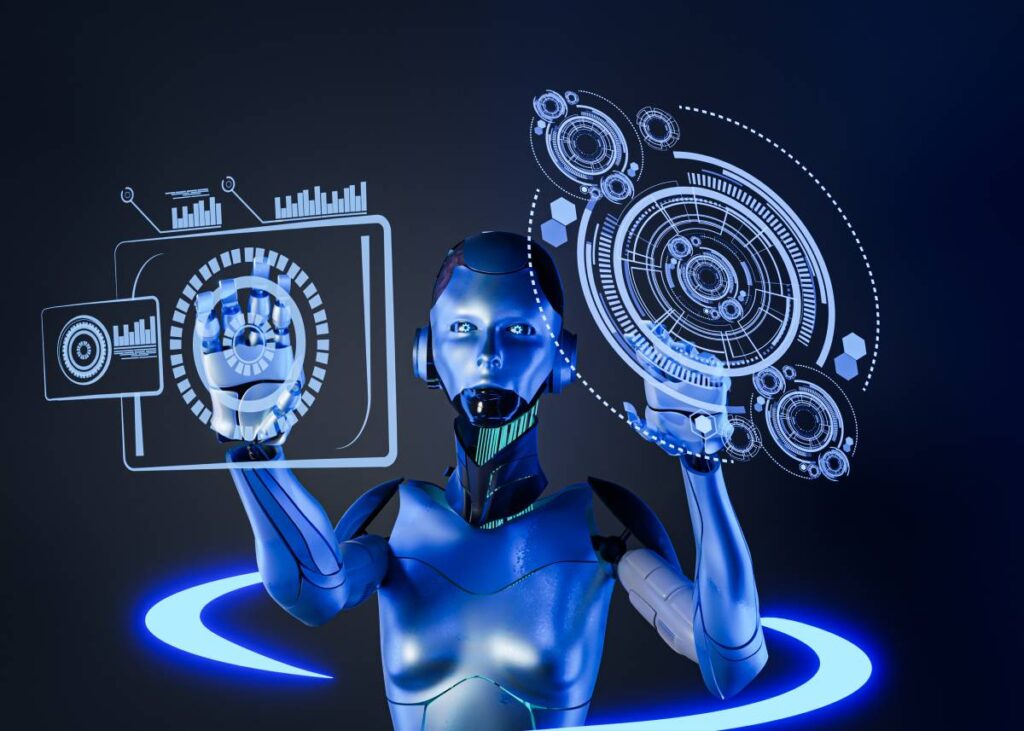Rise of Artificial Intelligence in Cybersecurity
As the digital landscape evolves, so do the threats and challenges in cybersecurity. Staying updated with the latest trends is crucial for protecting sensitive data and maintaining robust security measures. This blog explores key cybersecurity trends to watch, highlighting how advancements in technology are shaping the future of digital security.
Artificial Intelligence (AI) is becoming increasingly integral in cybersecurity. AI-driven tools can detect and respond to threats in real-time, analyze vast amounts of data for anomalies, and predict potential vulnerabilities. These capabilities enhance the overall security posture by providing proactive defense mechanisms.
Zero Trust Security Model
The Zero Trust security model is gaining traction as organizations move away from traditional perimeter-based defenses. Zero Trust assumes that threats can come from both inside and outside the network, so it requires strict verification for every user and device attempting to access resources, regardless of their location.

Mobile Software Security
With the proliferation of mobile devices, securing mobile software has become paramount. Ensuring the security of mobile apps involves implementing encryption, secure APIs, and regular security testing. As mobile devices continue to play a central role in business and personal use, mobile software security will remain a critical focus.
Cloud Security Enhancements
As more organizations migrate to cloud services, ensuring robust cloud security is essential. Cloud providers are enhancing their security offerings with advanced encryption, multi-factor authentication, and AI-driven threat detection. These measures help protect data stored and processed in the cloud from cyber threats.
IoT Security Challenges
The Internet of Things (IoT) presents unique security challenges due to the vast number of connected devices. Securing IoT environments involves implementing strong authentication, regular firmware updates, and network segmentation. As IoT adoption grows, addressing these security challenges will be crucial to prevent potential breaches.
Evolution of Ransomware Attacks
Ransomware attacks are becoming more sophisticated and targeted. Cybercriminals are employing advanced techniques to encrypt data and demand ransom payments. Organizations must implement robust backup strategies, employee training, and advanced threat detection systems to mitigate the risk of ransomware incidents.

Enhanced Endpoint Security
Endpoint security is critical for protecting devices such as laptops, smartphones, and tablets. Advanced endpoint protection solutions utilize AI and machine learning to detect and respond to threats in real-time. Regular updates and patches are also essential to safeguard endpoints from vulnerabilities.
Integration of AI in Mobile Software Security
The integration of AI in mobile software security is enhancing the detection and prevention of threats. AI algorithms can analyze user behavior and identify anomalies, providing an additional layer of security. This integration is vital for protecting sensitive data and maintaining the integrity of mobile applications.
Conclusion
In conclusion, staying informed about cybersecurity trends is essential for protecting against evolving threats. From AI-driven tools to enhanced cloud security and the Zero Trust model, these trends highlight the importance of adopting advanced security measures. As technology continues to evolve, so must our approaches to cybersecurity, ensuring robust protection for sensitive data and digital assets.
Frequently Asked Questions (FAQs)
- What is the Zero Trust security model?
The Zero Trust security model requires strict verification for every user and device attempting to access resources, assuming that threats can come from both inside and outside the network. - How does AI enhance cybersecurity?
AI-driven tools detect and respond to threats in real-time, analyze data for anomalies, and predict potential vulnerabilities, providing proactive defense mechanisms. - What are the key aspects of mobile software security?
Mobile software security involves implementing encryption, secure APIs, and regular security testing to protect mobile applications from threats. - Why is cloud security important?
Cloud security is essential as more organizations migrate to cloud services, requiring advanced encryption, multi-factor authentication, and AI-driven threat detection to protect data. - What are the security challenges of IoT?
Securing IoT environments involves strong authentication, regular firmware updates, and network segmentation to protect connected devices from breaches. - How can organizations mitigate ransomware attacks?
Organizations can mitigate ransomware attacks by implementing robust backup strategies, employee training, and advanced threat detection systems. - What is endpoint security?
Endpoint security protects devices like laptops, smartphones, and tablets using AI and machine learning to detect threats and ensuring regular updates and patches. - How does AI integration improve mobile software security?
AI integration in mobile software security enhances threat detection and prevention by analyzing user behavior and identifying anomalies. - What is the importance of staying updated on cybersecurity trends?
Staying updated on cybersecurity trends is crucial for adopting advanced security measures and protecting against evolving threats. - How does technology impact cybersecurity?
Technology advancements drive the development of new security measures and tools, improving our ability to protect sensitive data and digital assets.



